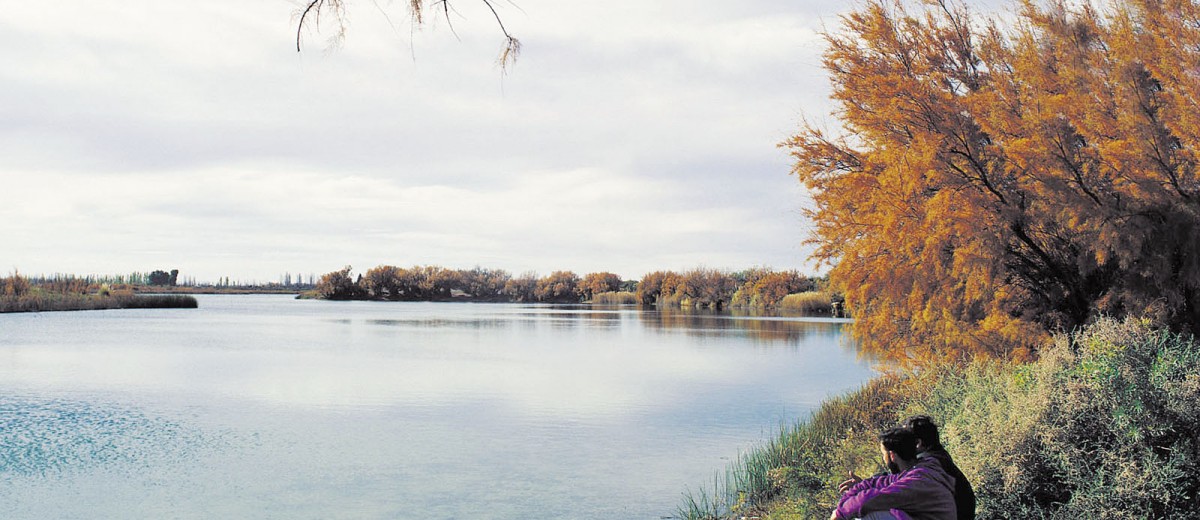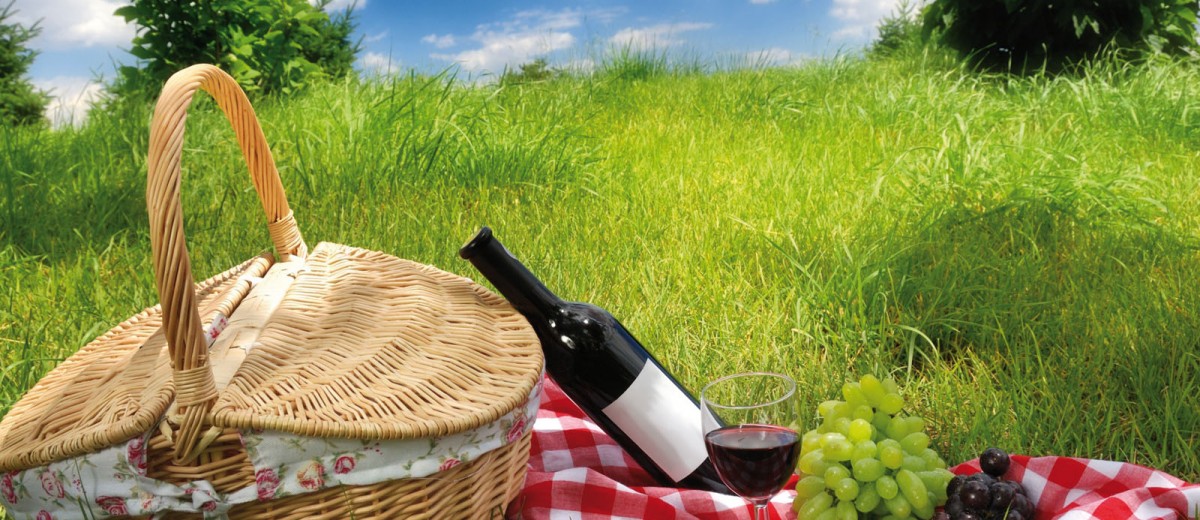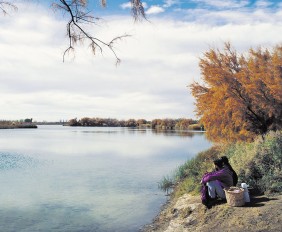General Alvear has become an important source for tourism and it offers a great variety of activities: hiking, canoeing, mountain biking, camping and other options for nature lovers. The numerous farms, estates and natural sites of the Department invite visitors to enjoy a wonderful rustic atmosphere. Other good options are the Department festivals and the wine tourism.
Their properties are gardens, with fences of having perfumed red rosedales that flourish in October. It has immigrants’ of varied origins colonies
The small Museum of Natural Sciences is in street Roca. The old cellar The Pharaoh, with interesting architecture and tower of fermentation, is in the RN 188, 10 km away from the city center.
Juan Bautista Vairoletto’s house: Replica of the house where the notorious rural bandit died. This is on National Route 143 South, 20 kilometres from the city centre.
From the city they can be carried out trips to the hill Ponón Trehuá of 1.200 meters, 70 km by a dirt road to the RP 184; to Tip of Water, to 100 km for the RN 143 and the RP 190, and to Snowy hill of 3.810 meters by the RN 143.
All these places are rural and they have a rich fauna to be sighted and photographed.
THE TRAPAL
Of fundamental importance in the regional ecosystem, and renowned for its fishing qualities, Laguna Municipal Reserve Trapal appears as one of the most notable attractions in Alvear.
The lagoon area covers 45 hectares of The Trapal field with native vegetation and lagoons formed by the meandering Atuel. It has wetlands that favor the development of wildlife; dunes with archaeological remains, and a wealth of flora and fauna that seduces the photo safari and sight.
The property has perimeter fence and is an agritourism unique circuit, because of its biodiversity.
It is located 7 miles from General Alvear’s city, and is accessed by National Road No. 143 South, completely paved.
Milestones “Algarrobo bonito”
This is an old and enormous Algarrobo specimen which caught the attention of the Alvear pioneers in 1900, when the engineer Chapeaurouge began the task of dividing the land into parcels for future crops. The carob tree is still standing at the moment thanks to the firmness of the neighbouring of Alvear, who opposed to its cutting in the mid-60s to facilitate the construction of the National Route Nº 188. Currently, the street was built besides the tree.
Museo Municipal de Historia Natural 1959 Salvador Calafat (Municipal Museum of Natural History).
It presents a collection of geological, zoological and botanical specimens, as well as a complete historical record and archaeological items.
Other touristy sites to visit:
Museo del Vino (Wine Museum) “Bodega Faraon,” Granja Educativa (Educational Farm) “El Nono Esteban,” Patio de Babushka, a winery with tasting and guided visits, fruit dryer facilities, visits to the plant, Churches in the Religious circuits, and El Trapal.
Esta entrada también está disponible en: Spanish Portuguese (Brazil)








¿Qué te pareció la publicación?